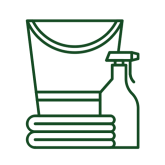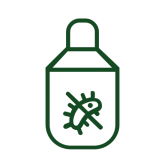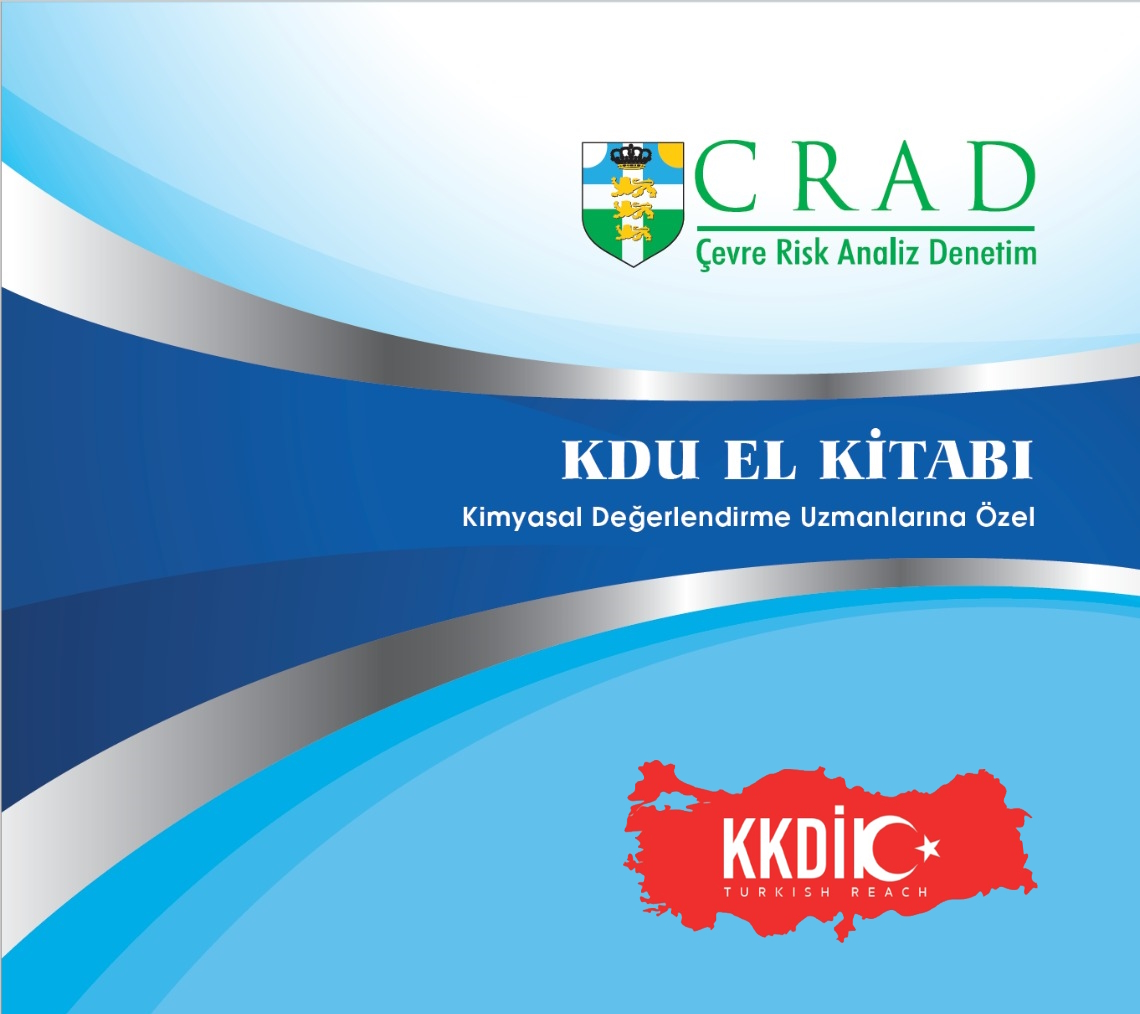HOW TO LABEL DETERGENT PRODUCTS?
Content addition date : 21-07-2025
Detergent products are chemical products that are widely used in high quantities by both professionals and end consumers. Since these products can have negative effects on human health and the environment, the labeling process requires great care. Labeling must be carried out in accordance with certain rules and standards in order to both inform the consumer correctly and comply with legal obligations.
Labeling Requirements According to Regulaiton
The labeling of detergents should be carried out in accordance with the European Union Detergent Regulation (EC No 648/2004) and the Regulation on Detergents No 30314 of the Ministry of Customs and Trade. The HAZARD PICTOGRAM, SIGNAL WORD, HAZARD AND PRECAUTIONARY STATEMENTS specified in detergent labeling must be prepared in accordance with the labeling rules of the Regulation on Classification, Labeling and Packaging of Substances and Mixtures No. 28848 (Repeated) of the Ministry of Environment and Urbanization.
The basic requirements are:
- Product name/Trade name
- Name or trade name, full address and telephone number of the party responsible for placing the product on the market
- Hazard pictogram, signal word, statements of hazard and precautions, if any,
- Nominal quantity
- Address, telephone number and, if available, e-mail address where the content data document can be obtained
- Content in accordance with the specifications specified in Annex-7A of the Regulation on Detergents (details below)
- Instructions for use and special warnings if necessary
- In which countries the product is sold; it is a must to provide a label in the language of that country.
Content Information:
- The function and proportions of the chemical substances used in the detergent product as defined in the Regulation on Detergents and its annexes (ingredients added at a concentration above 0.2% by weight)
- Odor allergens (if above 0.01%, allergens must be specified)
- Special ingredients such as enzymes, disinfectants, optical brighteners and perfumes (ratio independent)
Environmental Awareness:
Environmental information such as biodegradability should be provided. Degradability criteria defined in the regulation must be met.
Detergent labeling reflects both legal compliance and social responsibility. A label equipped with the right information protects the health of consumers and supports environmental awareness. An incorrectly prepared detergent label not only jeopardizes consumer health, but also has the risk of causing financial and moral damages for the company offering the product to the market.
Child-Safe Closure Device
A childproof closure is a special closure system that prevents small children from opening the product easily, especially in packages containing hazardous substances such as detergents, cleaning products and medicines. These devices are designed to prevent accidental poisoning or harm to children.
Key Features
- Two-stage opening mechanism: It often involves combinations that children cannot easily solve with their motor skills, such as push-flipping, pushing and pulling at the same time.
- Compliance with standards: Tested according to international safety standards such as TS EN ISO 8317 and TS EN ISO 11683.
- Suitability for adult access: Adults can easily open the product, while children's access is restricted.
Which Products are Mandatory?
The following products reaching the end consumer require the use of a child-safe lid:
- Skin corrosive products (H314)
- Products at risk of eye damage (H318)
- Liquids with risk of aspiration (H304)
- Products classified as acute toxic (H300-H301-H310-H311-H330-H331)
- Products with Specific Target Organ Toxicity (H370-H372)
- Products containing 3% or more Methanol in a blended product
- Products containing 1% or more Dichloromethane in a mixed product
CRAD offers services with its experienced team for your packaging regulatory compliance needs that your company needs.
Tactile Warning Sign
A tactile warning sign is an embossed triangular symbol on packaging to enable visually impaired persons to recognize harmful chemical products. This sign is mandatory to ensure the safe use of harmful substances, especially household cleaning products.
It is an important warning for the visually impaired, as it enables them to physically perceive that the product is harmful.
How Should a Tactile Warning Sign Look Like?
- Raised triangle-shaped relief
- It must be indelible and permanent
- Located in an easily recognizable part of the packaging
- Must comply with TS EN ISO 11683 standard
For which products is the Tactile Warning Sign mandatory?
According to the SEA Regulation, tactile warning signs are mandatory for products with the following hazards:
- Flammable Gases, Liquids and Solids (H220-H221- H224-H225 - H228)
- Acute-toxic substances (H300-H301-H302-H310-H311-H312-H330-H331-H332)
- Corrosive products (H314)
- Harmful liquids for aspiration (H304)
- Respiratory Sensitizing products (H334)
- Carcinogenic, mutagenic, reproductive toxic products (H341-H351-H361)
- Specific Target Organ Toxicity (H370-H371-H372-H373)
CRAD offers services with its experienced team for your packaging regulatory compliance needs that your company needs.
















